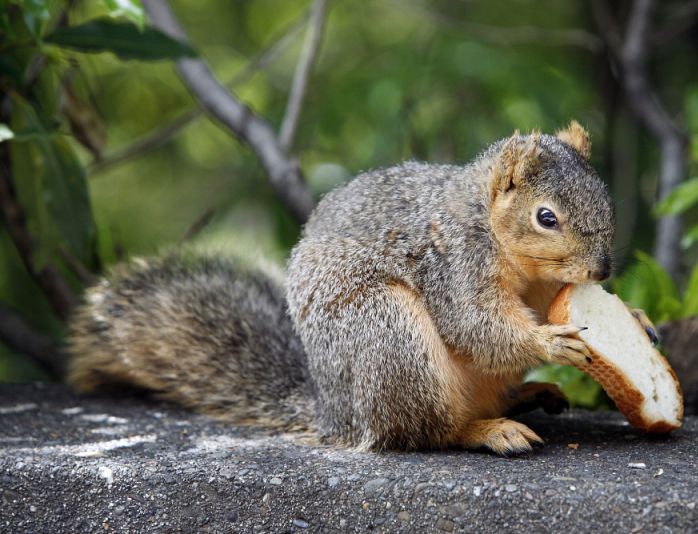Send to a friend
The details you provide on this page will not be used to send unsolicited email, and will not be sold to a 3rd party. See privacy policy.
[JAKARTA] Rapid conversion of natural forests in mainland South-East Asia have put more animals at risk of extinction but are not making it to the International Union for Conservation of Nature (IUCN) Red List of threatened species.
A remote sensing study led by the United States-based Duke University found that 79 mammals, 49 birds and 184 amphibians in the region now live within less than 20,000 square kilometres, a habitat range which the IUCN defines as an “endangered” zone.
“We argue that some species in the region are much more threatened with extinction than IUCN is saying.”
Stuart Pimm, Duke University
The study analysed vast areas in mainland South-East Asia which include China’s Yunnan province, Cambodia, Laos, Malaysia, Myanmar, Thailand, Singapore, Vietnam and eastern India. The region is said to have the worst deforestation in the world. In 2000-2010, countries in the region cleared around 480,000 hectares of natural forests each year, leading to habitat destruction and fragmentation. This destruction has become a factor in the region’s 56 per cent share of the world’s rubber production and 39 per cent of that of oil palm.
The study, published in PLOS One (3 August), notes that this rapid rate of deforestation is threatening 122 kinds of mammals, 183 birds and 214 amphibians that are endemic to the region. A traditional species-by-species assessment as done by the IUCN is deemed too slow to deal with this rising threat.
Stuart Pimm, one of the study’s authors and a conservation professor at Duke University, says the team used remote sensing technology to analyse the changing landscape in mainland South-East Asia and how it has affected the distribution of animals living in the region.
The result surprised the researchers who said they found many animals not listed as “threatened” but were actually in danger.
“We argue that some species in the region are much more threatened with extinction than IUCN is saying. An example is the red-throated squirrel (Dremomys gularis). It appears to have a large range, but much of it is not at the right elevation, which isn’t forested. It’s probably in a lot more danger than the IUCN thinks,” says Pimm.
Four mammals, nine birds and seven amphibians, which the IUCN had listed as species of least concern, are now living within a habitat of less than 5,000-square kilometre. Other endangered animals include the Assam mole shrew, Millet’s leopoldamys rodent, chestnut-headed partridge, Malayan laughing thrust and Vietnamese green finch.
Achmad Farajallah, a zoologist from Bogor Agricultural University, reports the same pattern in Indonesia. In 2014, he published a study in Nature Communications which found that land conversion from natural forests to oil palm plantation has contributed to at least 45 per cent of the biodiversity loss.
“To analyse a species’ risk of extinction, we need information regarding its generation time, strategy of reproduction, feeding preference and its environmental support, including space and shelter,” he says.
This piece was produced by SciDev.Net’s South-East Asia & Pacific desk.
References
Binbin V. Li and others Remotely Sensed Data Informs Red List Evaluations and Conservation Priorities in Southeast Asia (PLOS One, 3 August 2016)














